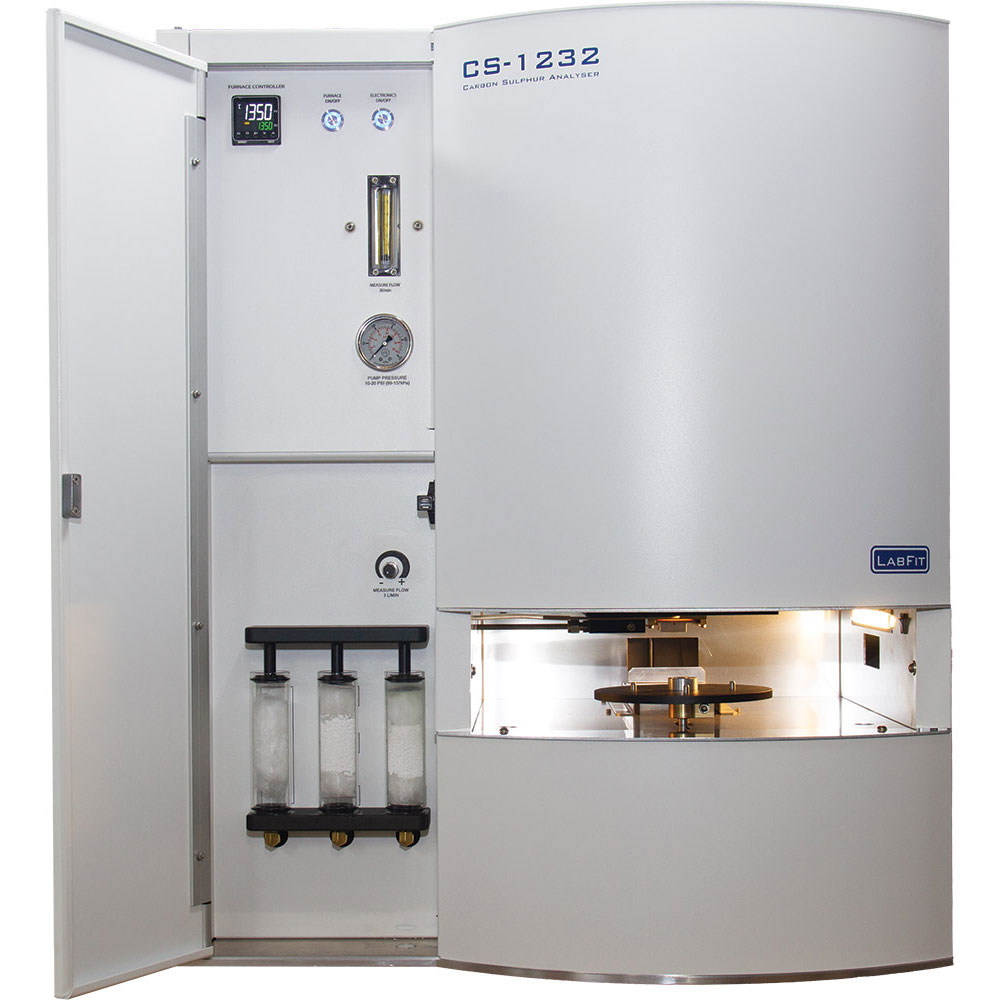Induction vs Resistance
Carbon Sulfur Analyzers are either induction or resistance. What does this mean? Induction Furnaces are typically used for the analysis of steel and other hard metals. However, they can be used for powdered materials by adding additional accelerators. Induction Furnaces cannot be used for the analysis of hydrocarbons or any other volatile materials. As this is a “closed” combustion system, the built up of pressure will do damage to the instrument. Resistance Furnaces cannot be used for the analysis of steel and other hard metals. However, they are the preferred method for the analysis of powdered materials such as Coal, Coking Coal, Bauxite, Cement, Catalyst, Minerals Ores, Plant, Soils and even Oils.
When using Induction Furnaces for analysing powdered materials, a combination of Tungsten and Iron Chip accelerators have to be used. These accelerators create a lot of dust and combusted gasses therefore have to be filtered just after the furnace using a micron filter. This does not pose a problem when doing metal samples as they do not contain any moisture. Unfortunately this is not the case when analysing powdered materials as they contain both free and crystalline moisture. The free moisture can be removed by drying the samples in a drying oven. The crystalline moisture can only be removed at high temperature, usually above 1,000°C. This is where the problem occurs. When the crystalline moisture is released, it combines with the dust from the accelerators and condenses when it reaches the micron filter causing the filter to be blocked. Sometimes as often as every five samples. Another major problem is that the results may gradually drift lower as the filter becomes blocked. The operator may not be aware of this and over-come this problem, more frequent calibration checks might be required.
Automatic combustion tube cleaning assemblies are not required on Resistance furnace instruments as the combustion tube is not susceptible to a build-up of accelerator residues on the inside of the tube. The cleaning of the remainder of the combustion system is much easier and less complex than that of an Induction instrument. The cleaning of a Resistance combustion system can therefore be done by less specialised personnel.
Once the filters are blocked, they have to be removed and cleaned in an ultrasonic bath. On the Leco machines these filters form part of the auto combustion tube brushing system. This system contains several O Rings that have to be greased with silicone grease to prevent any leaks. Silicone grease cannot be dissolved with any solvent and therefore have to be wiped off with paper towels etc. A messy exercise indeed. Imagine doing this procedure tens of times a day!
Resistance Furnaces do not require the use of any accelerators apart from a small amount of Vanadium Pentoxide for certain hard to burn samples (optional). The combustion system is open to atmosphere making it ideally suitable for the analysis of samples containing volatiles (hydrocarbons such as coal and oil). Also there is no additional cost of expensive tungsten accelerators.
There can still be problems with blockages on Resistance machines, but nowhere near as bad as on Induction machines. Induction machines have faster analysis times, but it takes time to do all the cleaning. There is no limitation on sample sizes using Resistance Furnaces, whereas large samples sizes on Induction Furnaces tend to retard the combustion on certain samples.


